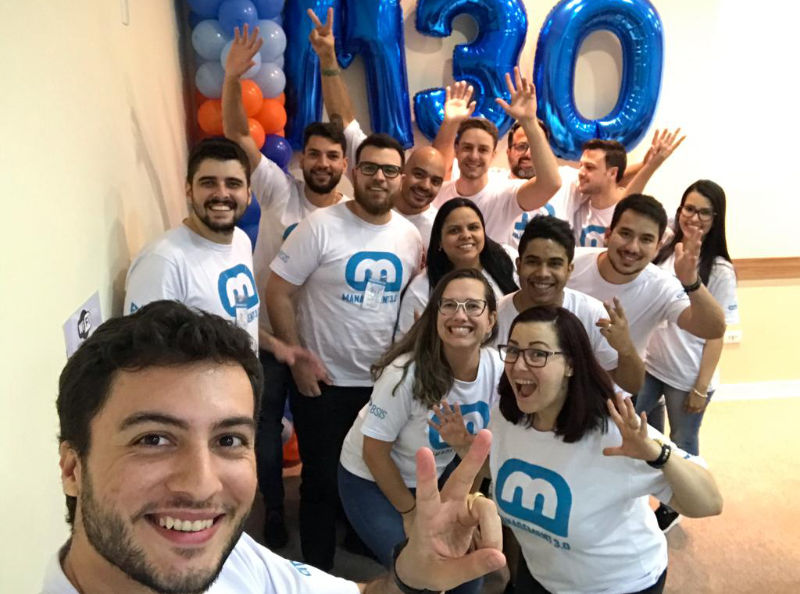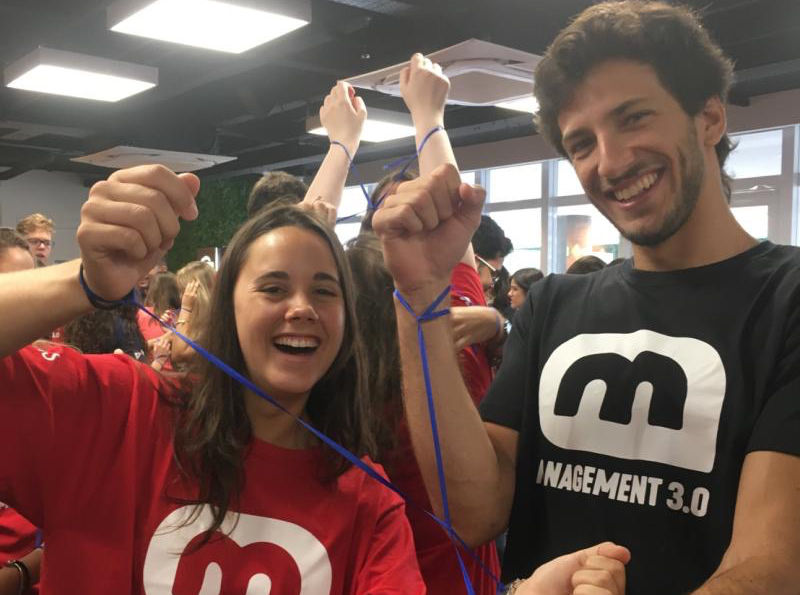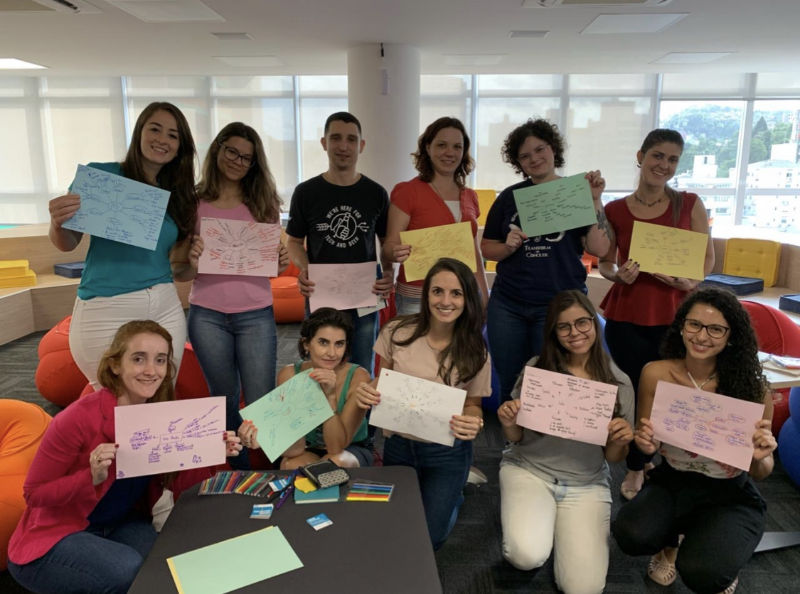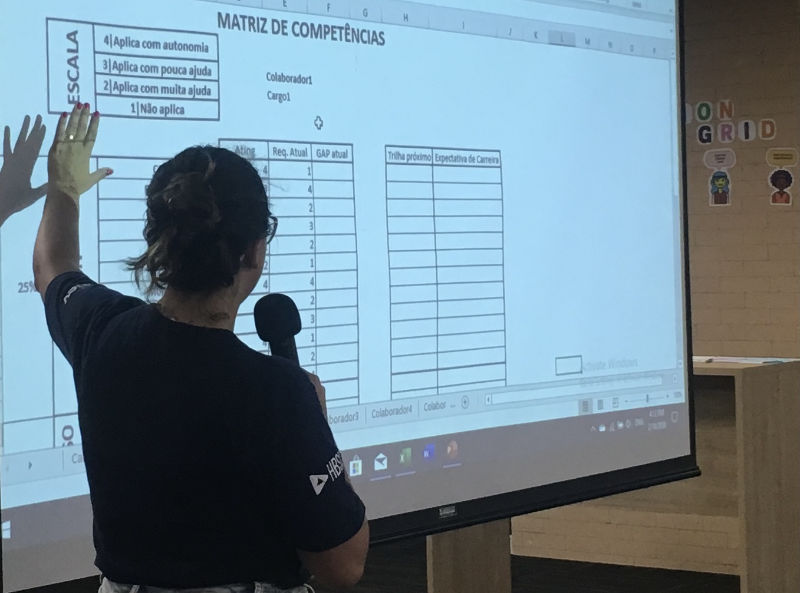A Management 3.0 success story from <AmbevTech>, one of the technological hubs of Anheuser Busch Inbev (AB Inbev) the largest brewery in the world. Written by Franciele Koch, responsible for the company’s leadership chapter. Since attending the first Management 3.0 Workshop in the company, she’s continued facilitating upcoming workshops for them.
From code to bar table, we are part of the digital transformation of the largest brewery on the planet. 🍻
Ambev Tech – 2019 was the year for our company
- In less than 6 months we went from 400 to 1000 employees.
- From being a software house to becoming one of the technological hubs of the largest brewery in the world, Ambev tech – Ab-Inbev.
However with all the success and exponential growth, we also faced challenges, especially in terms of leadership development. When we received feedback from the GPTW (Great Place To Work, an international research and consulting institute that supports companies in 57 countries in developing an attractive workplace, trust and corporate culture) some indicators in questions related to alignment, people development and recognition were below expectations. We knew it was time to invest in this further, we knew it was time for a change.
So, ready for change and open for guidance, we had heard more and more about “Management 3.0”. We wanted to know more about the principles and practices everyone was talking about so we got a facilitator to conduct our first workshop at the company. Luisa Escobar (official facilitator), did a great job showing us the world of Management 3.0, introducing us to the mindset of management as a group responsibility and showing us the practices we could use in our company.
We enjoyed this introduction so much that we hired her immediately, in order to help us to foster the Management 3.0 mindset and transform our team as the Head of Engagement & Team Culture.
A wise man, Kaoru Ishikawa, once said: “Quality starts and ends with education”. It’s so true and in line with this, we decided to train all our managers.
Sixty people with different backgrounds, 60 people with different styles and approaches, 60 people with different thoughts and experiences. However it was very important for us as a growing company, that everyone in a leading position would have the same basis, the same understanding for what is important.
Implementing the first Management 3.0 practices
The first Management 3.0 practice we applied – and one of the most important – was to create our leadership knowledge guild, which we called Jedi Counsel. Today we are clear that using the concept of tribes to create the connection between our leaders was fundamental in our evolution. After all, everyone has the same objective: to be a good leader. Our guild, which still meets every two weeks, aims to share content and experiences and allows us to follow the progress of our practices.
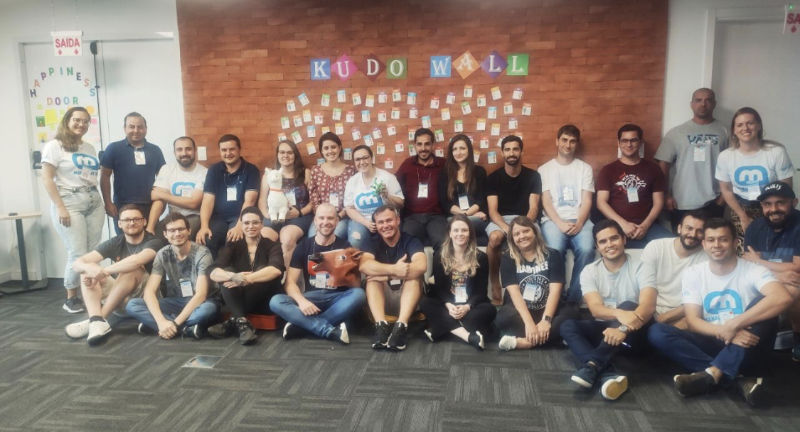
Changing ourselves instead of others
We soon realized that we needed to understand the profiles of each of our leaders and clarify the benefits of what we were implementing. Beyond providing the necessary knowledge to start the process, we understood that we needed to influence leaders, typically less eager for change, in being the ones to drive it.
Of course, we also felt resistance from one or another at the beginning. We all had different, but valid reasons, but as we know, every change process is done in small steps and so we took those little steps. How? We were always looking for ways to reach different types of people, get everyone on board and have everybody heard.
Good examples
It was great to see how the successes of one team influenced other teams. One team used Personal Maps and Moving Motivators (in addition to other Management 3.0 practices) and made great progress that resulted in increased team engagement and integration. Other team leaders picked up on that and began experimenting as well. This way, step by step, we and our company culture evolved naturally. And now we are running almost 11 practices regularly with the teams.
Tracking the success: KPIs for a better company culture
Right from the beginning we decided it would be essential for us to track our change and to measure the impact of our efforts.
We chose to follow the engagement numbers (taking into account 10 essential pillars) and the eNPS, from our engagement pulses platform, “Team Culture”. We measured the indicators through a platform that sends weekly pulses to employees and tracks our progress.
The 10 essential pillars:
1. Relationship between the team and their leaders
2. Happiness of our employees
3. Wellness in the workplace
4. Company alignment (vision, strategy, outcomes)
5. Compensation and professional development
6. Relationships with colleagues
7. Feedback (quality, frequency and value)
8. Recognition (frequency + quality)
9. Personal Growth
10. Ambassadorship
After running the internal Management 3.0 program our numbers changed as followed:
- Our e-NPS increased by 11, going from 76 to 87
- 2020 we won the sixth position as one of the best IT companies in Brazil to work for GPTW (Great Place to Work) and the second one in our State Saint Catharina.
- 19% decrease in Total Time to Market to delivery new features in production environment.
- 78% increase in our customer satisfaction
Still focused on following our transformation, we follow our OKR’s with the main objective of “creating an environment in which our collaborators will be proud, providing the best journey of personal and professional growth”, working together with our leaders to provide a safe and continuous feedback environment.
With this objective we had a decrease of 49% in our voluntary turnover indicator.
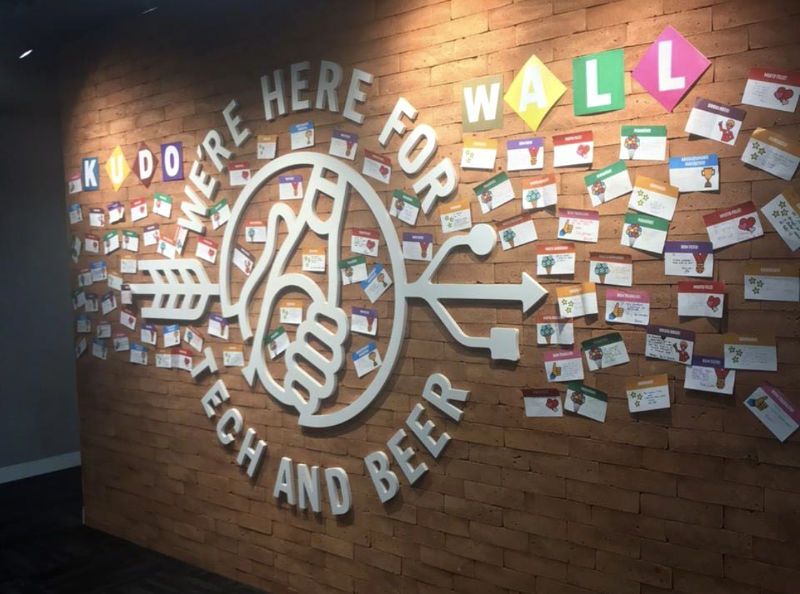
Today we continue following the indicators down to the team level and, thus, we are able to work specifically on the factors that are important to each one.
Every change generates effort, patience and a constant alignment. This is how we go here, always remembering that we are in an environment of experimentation and that everyone is part of it.

